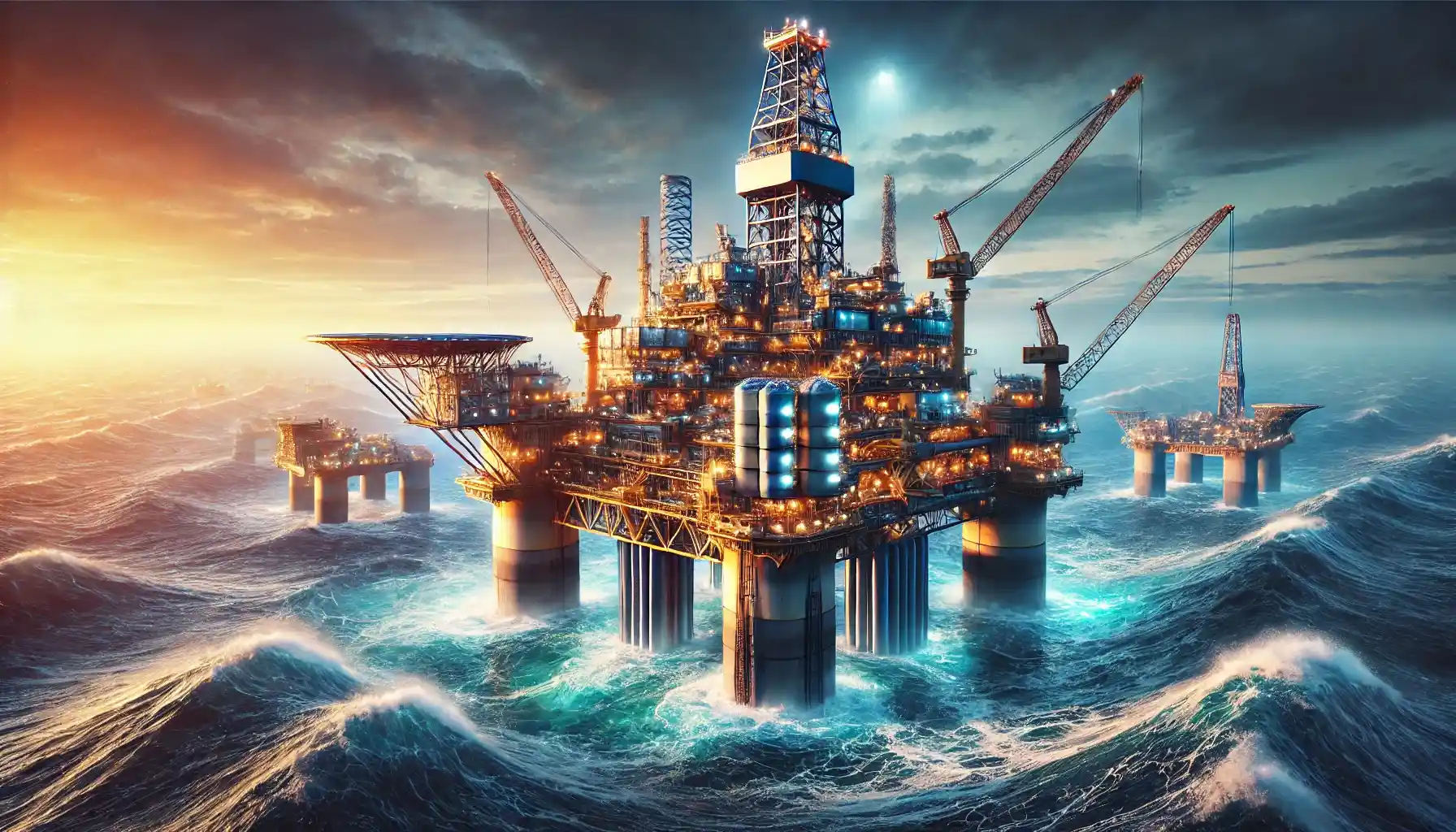Deep offshore technology has become a critical component in the quest to access the untapped resources hidden beneath the ocean’s surface. With advances in engineering, materials science, and digital technologies, industries are effectively addressing the challenges that come with deep-sea exploration and extraction. This article will explore the various aspects of deep offshore technology, its significance, the challenges faced, and what the future holds for this ever-evolving domain.
Table of Contents
Understanding Deep Offshore Technology
What is Deep Offshore Technology?
Deep offshore technology refers to the engineering and scientific methods used to explore, extract, and manage resources located in deep ocean environments, usually at depths of over 1,500 meters (approximately 4,900 feet). This includes oil and gas exploration, renewable energy generation, and undersea mining.
Key Components of Deep Offshore Technology
- Subsea Engineering: This involves the design, construction, and installation of subsea facilities for the extraction of resources, including pipelines, valves, and production systems.
- ROVs (Remotely Operated Vehicles): ROVs are unmanned, remotely controlled submersibles used for various tasks such as exploration, inspection, and maintenance of subsea structures.
- Deepwater Risers: These are critical components that transport oil and gas from the seabed to surface facilities. They are designed to withstand extreme pressures and environmental conditions.
- Subsea Production Systems: These systems include subsea trees, manifolds, and control systems necessary for the extraction and processing of resources underwater.
- Digital Twin Technology: This emerging technology involves creating a virtual model of physical assets, enabling real-time monitoring and predictive maintenance.
The Importance of Deep Offshore Technology
1. Resource Accessibility
The deep offshore sector plays a crucial role in meeting the world’s growing energy demand by accessing vast reserves of oil and gas that are otherwise unreachable using traditional extraction methods.
2. Economic Opportunities
Investment in deep offshore technology creates significant economic opportunities, including job creation in various sectors, from engineering to environmental management.
3. Advancements in Renewable Energy
Deep offshore technology is not limited to oil and gas; it also includes offshore wind farms and ocean thermal energy conversion. This diversification is vital for reducing reliance on fossil fuels and combating climate change.
4. Innovation and Research
Investing in deep offshore technology leads to extensive research and innovation, pushing the boundaries of engineering and resource management to protect marine ecosystems.
Challenges in Deep Offshore Technology
1. Environmental Concerns
One of the major challenges facing the deep offshore industry is the potential for ecological disruption. The extraction of resources from sensitive marine environments poses risks to biodiversity and marine habitats.
2. High Operational Costs
While the potential rewards are high, the upfront investment required for deep offshore exploration and extraction can be substantial, with costs related to technology, equipment, and skilled labor.
3. Technological Limitations
Despite advancements, there are still significant technological limitations in deep offshore operations, including equipment reliability, data transmission challenges, and navigation in extreme conditions.
4. Regulatory Challenges
Stringent environmental regulations and the need for compliance can create additional hurdles for companies operating in deep offshore environments. Navigating this regulatory landscape requires constant vigilance and adaptability.
Innovations Driving Deep Offshore Technology
1. Advanced Robotics
Advancements in robotics have led to the development of more sophisticated ROVs and autonomous underwater vehicles (AUVs). These technologies allow for deeper exploration and more precise operations in challenging conditions.
2. Artificial Intelligence (AI)
AI is increasingly being integrated into deep offshore operations to process large datasets, improve decision-making, and predict equipment failures before they occur, enhancing maintenance and operational efficiency.
3. Material Science Developments
The use of advanced materials that can withstand extreme pressures and corrosive seawater is revolutionizing the design of subsea structures. Innovations in coatings and composites are improving the longevity and reliability of equipment.
4. Digital Technologies
The integration of digital technologies such as IoT (Internet of Things) and Big Data analytics is transforming how companies monitor and manage their offshore operations, optimizing performance and increasing safety.
Future Trends in Deep Offshore Technology
1. Sustainable Practices
As the world becomes more focused on sustainability, deep offshore technology will likely incorporate environmentally friendly practices, minimizing ecological impacts while maximizing resource extraction efficiency.
2. Enhanced Collaboration
The deep offshore sector will increasingly rely on collaborative efforts between companies, research institutions, and governments to address shared challenges, develop best practices, and drive innovation.
3. Evolution of Geopolitical Landscapes
The demand for energy security and competition for resources will drive technological advancements in deep offshore exploration, particularly as nations seek to assert control over their territorial waters.
4. Investment in Training and Education
With the rapid evolution of technology, there will be a growing need for skilled professionals in the deep offshore industry, leading to increased investment in education and training programs.
The Role of Deep Offshore Technology in Energy Transition
1. Bridging Fossil Fuels with Renewables
Deep offshore technology has the potential to facilitate the transition from fossil fuels to renewable energy sources by providing a bridge that includes both traditional energy extraction and the development of offshore renewables.
2. Carbon Capture and Storage
Innovations in deep offshore technology enable the development of carbon capture and storage (CCS) solutions, allowing companies to reduce their carbon footprint and manage emissions more effectively.
3. Energy Efficiency Improvements
The ongoing development of more efficient extraction and production techniques in deep offshore environments helps reduce the environmental impact of energy production while increasing overall efficiency.
Conclusion
Deep offshore technology embodies the fusion of innovation, engineering, and environmental stewardship, playing a crucial role in meeting the world’s energy demands and addressing climate change. The continuing advancements in this field not only hold promise for resource extraction but also pave the way for sustainable practices and responsible exploration.
As the industry faces ongoing challenges, the emphasis on collaboration, research, and investment will be essential to maximizing the potential of deep offshore technology. The future is poised for numerous opportunities, making it an exciting time for stakeholders in the deep offshore sector.
Trustworthy External Resource
For more information on deep offshore technology and current innovations, visit the International Association of Oil & Gas Producers (IOGP), which provides valuable resources and insights into the oil and gas industry’s future trends and challenges.

